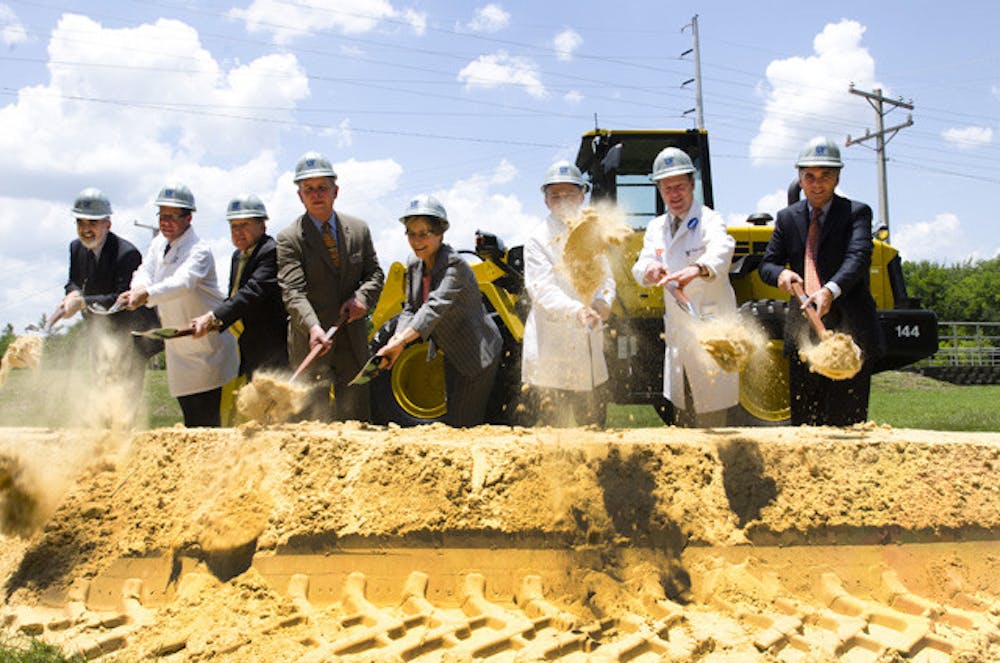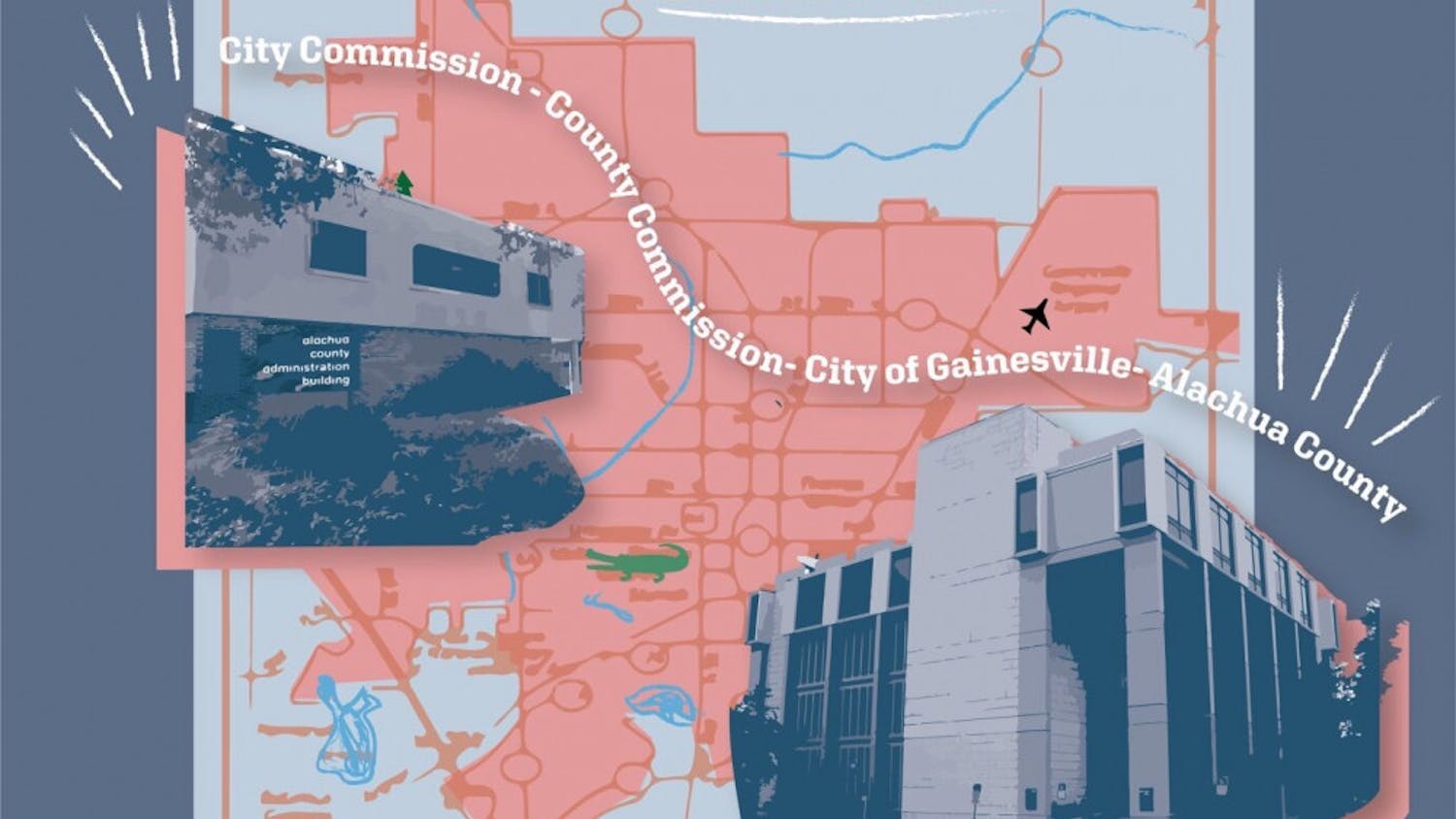UF broke ground Thursday on its new Clinical and Translational Research Building, a $45 million, 120,000-square-foot complex expected to be completed by January 2013.
The facility will work to streamline the transition of medical research from the lab to the doctor's office by centralizing research currently scattered around campus.
"Scientists working in the new building will accelerate discovery and translate it into practice," said Dr. Marco Pahor, director of the UF Institute on Aging, one of the programs that will be housed within the new building.
The building will also contain the Clinical and Translational Science Institute and the departments of biostatistics, biomedical informatics, epidemiology and health outcomes and policy.
The facility is expected to create about 175 new jobs.
A $15 million grant from the National Institutes of Health, alongside $30 million of UF funds, will pay for the facility. The university expects to recoup its money through donations and research.
The building's design incorporates environmentally friendly features such as the use of low-emission building materials as well as light sensor and water conservation technologies.
These design features will exceed the Leadership in Energy and Environmental Design program's requirements to reach the highest rating for green building - Platinum Plus.
Dr. David Nelson, the director of the UF Clinical and Translational Science Institute, said the facility will contain a broad range of research, including investigations on aging, cancer, cardiovascular conditions, diabetes, muscular dystrophy and rare diseases.
"[It is] an effort that will reach well beyond the corner of Mowry Road and Gale Lemerand," he said.






